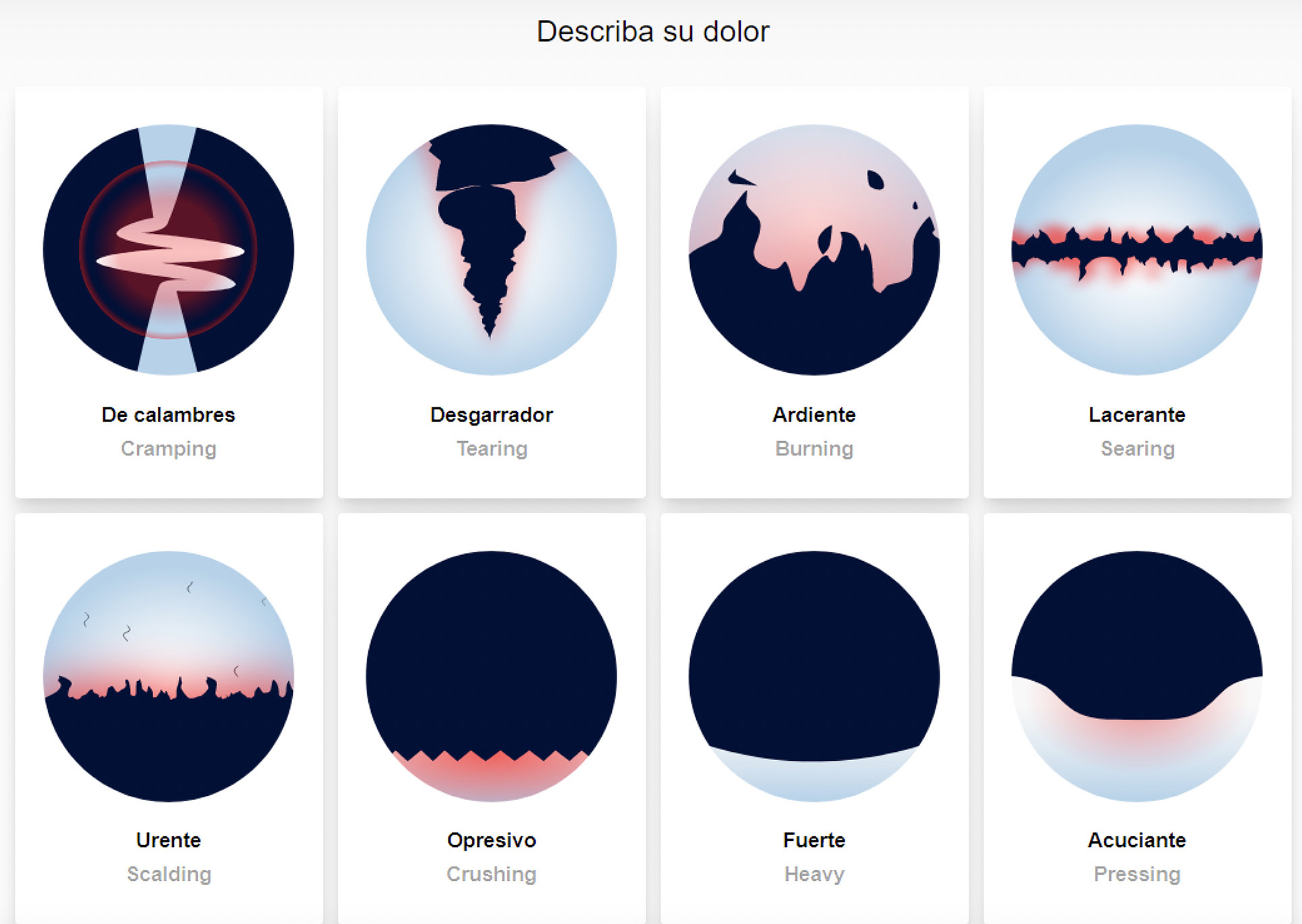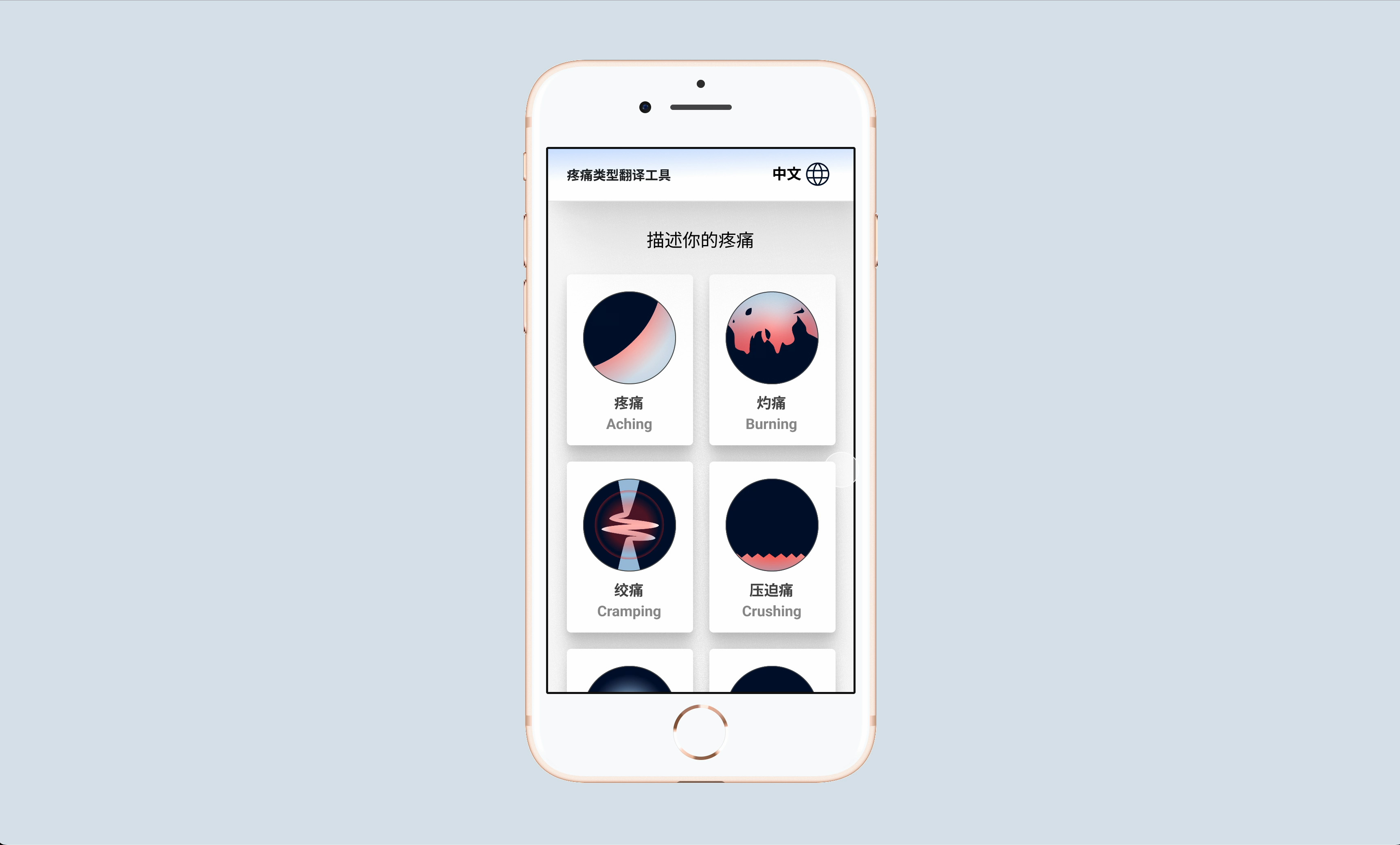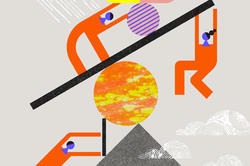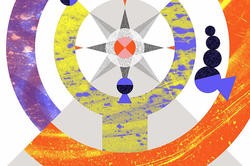RISD’s Center for Complexity designs a suite of solutions intended to advance health equity and reduce adverse medical outcomes for patients of color.
RISD’s Center for Complexity Partners on Translation Tool for ER Patients

Rushing to the emergency room for treatment is a traumatic experience for anyone, but for non-English speakers who don’t have immediate access to a translator, it can be deadly. According to the Journal of Surgical Research, US emergency room patients who don’t speak English are 75 percent more likely to die than English-speaking patients.
“It’s difficult for native English speakers to convey information about their bodies as well, but different cultures have different idioms and vernaculars for describing pain,” says Justin W. Cook, founding director of RISD’s Center for Complexity (CfC). “This is a complex challenge that demands a creative solution.”

Cook and his team at the CfC partnered with global creative agency WongDoody—a subsidiary of Information technology company and longtime RISD partner Infosys—to develop Say Your Pain: The Universal Pain Translator. The new tool is aimed at addressing language and cultural barriers between patients and doctors in emergency rooms, aiding faster and more accurate diagnoses.
Free to use and accessible across most connected devices, the app displays specific diagnostic terms like throbbing, aching and burning in English and the user’s language alongside a recognizable animation so that the patient and medical staff members can be confident in the description of the pain. The distinction between different types of pain can be vital information for doctors.

Designers have created versions of the tool for use in the US and Canada to support three core languages: Spanish, Mandarin and Ukrainian. The first two languages were selected because of the large number of residents who speak them and the third because the war in Ukraine has displaced so many Ukrainian speakers in recent months.
“Our aim... is to dive directly into the cultural, social and environmental factors that are at the core of human health and develop solutions that make good health and wellbeing available to everyone.”
“WongDoody has been our partner in navigating complexity and exploring how technology can enhance human experience and communication,” Cook says. “Our aim, starting with pain, is to dive directly into the cultural, social and environmental factors that are at the core of human health and develop solutions that make good health and wellbeing available to everyone.”
Grace Francis, global chief creative and design officer at WongDoody, has been a key member of the team since the project was launched. “Justin and his colleagues at the CfC are committed to bringing humanity back to healthcare,” they say. “From their deep research and understanding, we were able to spot a design opportunity that can help patients advocate for themselves in medical situations. We hope it will help doctors diagnose faster and more accurately when there’s a language barrier.”
“Justin and his colleagues at the CfC are committed to bringing humanity back to healthcare.”
In a separate health equity research project, the CfC has partnered with medical professionals at the University of California San Francisco Division of Hospital Medicine to study systems that contribute to nonequivalent care for patients with limited English proficiency and design quality-improvement interventions. This project is funded through the first grant ever awarded by the Robert Wood Johnson Foundation to CfC and RISD and is part of RWJF’s Health Equity Collective.
—Simone Solondz
April 4, 2023


